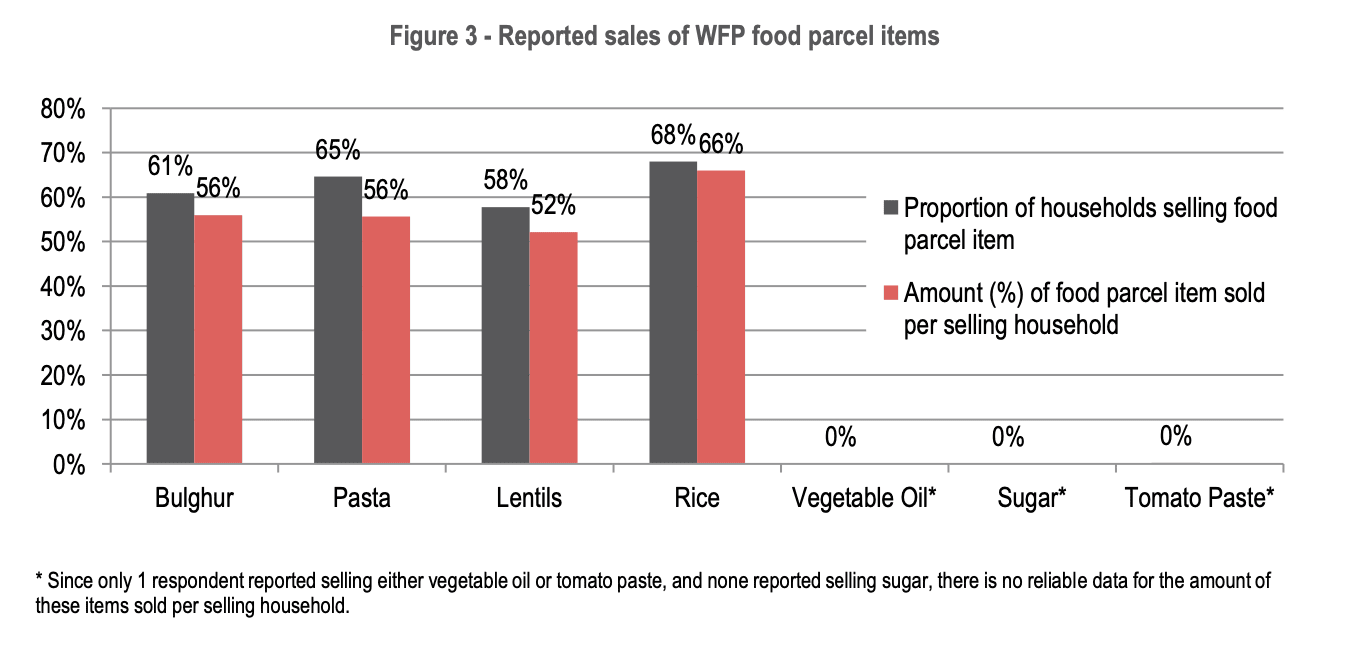If you’re looking for an effective way to help survivors of the Turkey-Syria earthquake, you can now send cash directly to some of the most vulnerable families to help them recover.
Give now to earthquake survivors
- GiveDirectly is delivering ₺5,000 Turkish lira (~$264 USD) directly to Syrian refugees in Turkey who have lost their livelihoods. This community is some of the most at risk in the wake of the disaster which struck last month.
- While food and tents are useful, there are many needs after a disaster that only money can buy: fuel, repairs, transport school fees, rent, medicines, etc.
- Research finds in emergency contexts, cash transfers consistently increase household spending on food and often increase the diversity of foods they consume.
Syrian refugees in Turkey are struggling to recover
Nearly 2 million Syrian refugees who fled violence in their own country live in southern Turkey where the earthquake struck. These families had fragile livelihoods before the disaster:
- 1 in 5 refugee household lacked access to clean drinking water. 1 in 3 were unable to access essential hygiene items[1]
- 17% of households with school-age children are unable to send their children to school[1]
- 45% lived in poverty and 14% lived in extreme poverty. About 25% of children under 5 years were malnourished[2]
After the earthquake, our local partner, Building Markets, surveyed 830 Syrian refugee small business operators (who are a major source of employment for fellow refugees) and found nearly half can only operate their business in a limited capacity as compared to before the disaster. 17% said they cannot continue their business operations at all currently.
Your donation will help this community recover
With our partners at Building Markets, we’re targeting struggling Syrian refugee small business operators and low-income workers in the hardest-hit regions of Turkey (Hatay, Adana, Gaziantep, Sanliurfa). We’re conducting on-the-ground scoping to develop eligibility criteria that prioritizes the highest-need families based on poverty levels and exclusion from other aid programs.
In our first enrollment phase, eligible recipients will receive ₺5,000 Turkish lira (~$264 USD). This transfer size is designed to meet essential needs based on current market prices. The majority of Turkey’s refugee population has access to banking services and will receive cash via digital transfer. We are prepared to distribute money via local partners or pre-paid cards in the event that families can’t access financial networks.
In-kind donations are often unneeded after a disaster
Studies find refugees sell large portions of their food aid. Why? Because they need cash-in-hand to meet other immediate needs.

Haitian and Japanese authorities report 60% donated goods sent after their 2010 & 2011 disasters weren’t needed and only 5-10% satisfied urgent needs.
While food and tents can be useful, there are many needs after a disaster that only money can buy: repairs, fuel, transport school fees, rent, medicines, etc. Cash aid is fast and fully remote, letting families meet essential needs quickly and reaching them via digital transfers that don’t tax fragile supply chains or clog transit routes.
Research finds in emergency contexts, cash transfers consistently increase household spending on food and often increase the diversity of foods that households consume.
Give now to earthquake survivors
The story of a survivor: Hind Qayduha
The following is the story of one Syrian refugee survivor, Hind Qayduha, from the New York Times.
First, Syria’s civil war drove Hind Qayduha from her home in the city of Aleppo. Then, conflict and joblessness forced her family to flee two more times. Two years ago, she came to southern Turkey, thinking she had finally found safety and stability. But when a powerful earthquake struck a week ago, it destroyed their apartment in the hard-hit Turkish city of Antakya and the family was displaced again.
They sought safety nearby, braced against the side of the mountain around a medieval monastery and exposed to a cold rain; like many other survivors, they were too shaken to stay under any roof. Two days later, they were living on the floor of an unfinished carwash in Antakya. “This is my room for me, my husband and three kids,” Ms. Qayduha said, laughing as she outlined with her hands a small circle on the black-and-white patterned blanket, a meager cushion atop the gravel floor. She pointed to another part of the same blanket: “And there’s my mother’s room.” She said other relatives who had been living near her were still buried in the rubble of their homes. “And now we are under threat from the Turks, who could kick us out of the country,” said Ms. Qayduha, 37.
She said this was the second time she had lost her home and all her possessions. “I don’t own anything except these kids, thank God,” she said in a raspy voice, hoarse from the cold, as she extended her arms toward her 9-year-old daughter. She and her family were desperate to leave the carwash, which has a large opening that allows in bitterly cold air. They want to find better shelter in the tent camps the Turkish government has been setting up. But they were spooked by rumors that they wouldn’t be allowed in because they are Syrian, or that roaming groups of armed Turks were looking for Syrians to attack.
At night in the carwash, the parents sheltering there put their children to sleep dressed and wearing shoes, in case another aftershock should force them to run. It all turned out to be too much for Ms. Qayduha and her extended family. They used some of their last remaining money and paid drivers to take them farther west, outside the earthquake zone. “Back when we were living in the war, we would flee to another area and we would feel safer,” said Ms. Qayduha’s mother, Dalal Masri, 55. “But here, we don’t feel like there’s anywhere safe to go.

Hi there,
Thanks for sharing. Do you have any thoughts on the cost-effectiveness of this campaign relative to GiveWell's top charities?